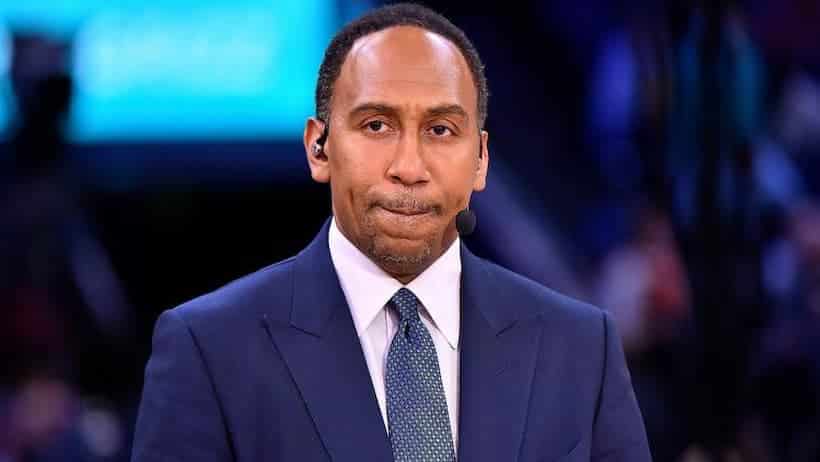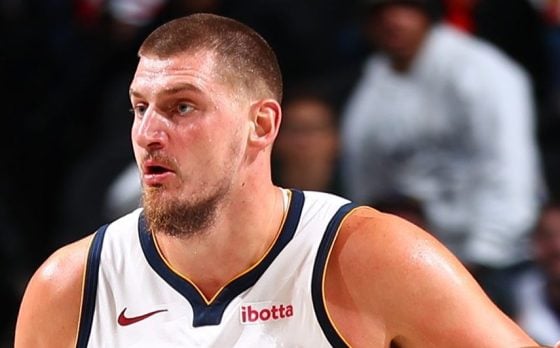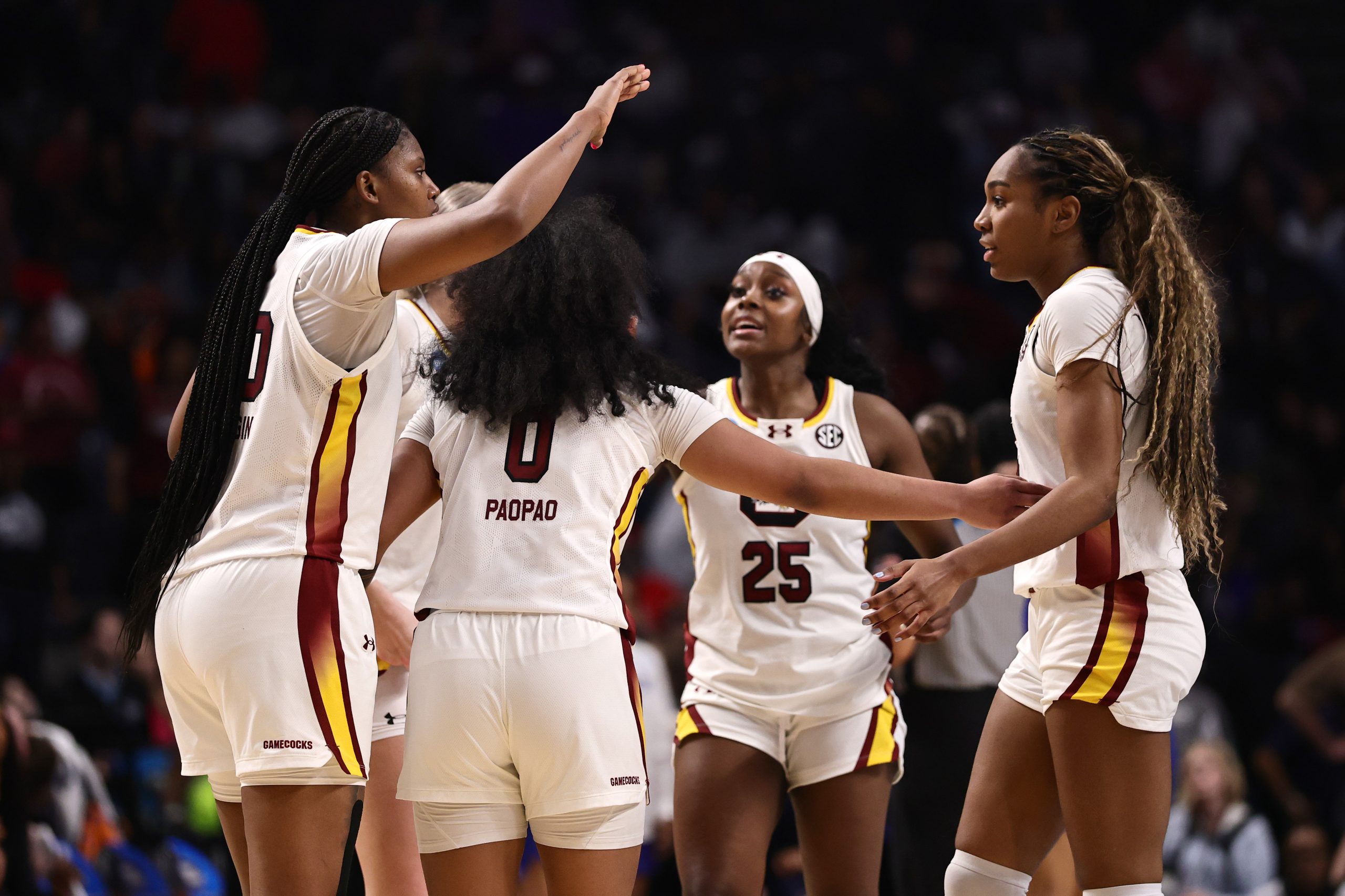When you’re a contending team, developing talent via the draft is often an afterthought. Instead, the focus is on finding ready-made players who can come in and improve the roster from the get-go. However, there’s something to be said for having home-grown talent that is under a cost-controlled deal, especially when the team is already getting wildly expensive.
Factor in the new CBA, which will fully come into play during the summer of 2024, and drafting intelligently suddenly becomes imperative for every team, contending or not. With that in mind, over the next week, we’re going to take a look at the different draft options available for the Boston Celtics.
Currently, the Celtics own the 35th pick in the 2023 NBA Draft, so, to begin, we will look at players who project to be somewhere near the bottom of the first round. Those plays may slip into Boston’s range, or Brad Stevens could potentially orchestrate a trade to move up, should he have his eye on a specific talent.
Jett Howard – Michigan
Photo by Michael Reaves/Getty Images
At 6’8’’, Jett Howard projects to be a versatile addition to any NBA team, capable of initiating an offense when needed, running the floor, and scoring from all three levels. If the Celtics truly wanted a wing to play second (third?) fiddle to Jayson Tatum and Jaylen Brown, Howard could fit the remit.
Assuming, by some stroke of luck, that Boston did bring in the Michigan Wolverines product, he would initially be tasked with being a spot-up shooter and taking any opportunities that arose within the flow of the game. Fortunately, Howard’s primary play type this past season was that of a spot-up shooter.
In his 32 games in Ann Arbor playing for his dad, Howard saw 29.4% of his offense come via catch-and-shoot opportunities, averaging 1.14 points per 100 possessions. Apart from a slight hitch just before releasing the ball, Howard has smooth shooting mechanics with a nice release point.
When Jayson Tatum entered the NBA, he had a similar hitch before the ball left his hand and developed into an All-NBA First-Team forward, so there should be minimal worries regarding Howard’s ability to improve his shooting form once he enters the league.
Nevertheless, a more pressing issue for the young forward will be staying square when shooting under pressure; Howard has a habit of turning his body to avoid contact during his shooting motion.
Howard is more than a spot-up shooter, though. This past season, the impending rookie ran the pick-and-roll 17.8% of the time he was involved with the offense, so he has the ball-handling ability. When you couple his handles with his spot-up scoring, you can get some interesting possessions, such as the one below where Howard pushes the pace, gets off-ball, relocates, and then converts the corner 3.
Howard also flashed some encouraging movement shooting during his season with the Wolverines, shooting a smidge over 50% when coming off a screen before flowing into his shooting motion — displaying a good feel for the floater game in the process.
Given what Boston needs from a tertiary wing whose initial remit will be to help keep the offense ticking over when either Tatum or Brown head to the bench, Howard appears to have enough of an offensive game to fill the role. However, given how multiple members of the Celtics rotation discussed their desire to get back to being a defensive unit next season, we have to ask ourselves whether Howard can slot into the rotation on that side of the floor.
Howard will likely have two primary roles on defense next season — navigating screens that have been set for off-ball shooters and guarding in isolation. Of course, help defense will also be a requirement, but that will be based upon team principles, which makes it hard to predict how he will handle those responsibilities at the next level. However, you can look at screen navigation, such as the above play, where Howard recovers after being hit with a wedge screen.
While it’s clear Howard was taken out of the play by the screen (which could have been due to poor communication or a failure to react), he still manages to get back into the action to force a miss. If Howard can bring that level of hustle to the NBA, he will quickly endear himself to his teammates and the coaching staff alike.
Finally, in terms of guarding isolation plays and/or dealing with catch-and-shoot threats, Howard’s quick hip movements, ability to stop on a dime, change directions, and utilize his length all project to give him a platform where he can develop into a potential two-way wing during his career.
Personally, Howard is my draft crush in terms of who would slot into the Celtics rotation and fill a genuine position of need while offering upside on a cost-controlled contract. Unfortunately, the Celtics would need to trade into the mid-to-late-teens if they wanted to ensure Howard would be available for selection, and that doesn’t project like a realistic move Brad Stevens would make. Hopefully, I’m proven wrong, though.
Andre Jackson Jr.
:no_upscale()/cdn.vox-cdn.com/uploads/chorus_asset/file/24706580/1479565850.jpg)
Photo by Gregory Shamus/Getty Images
Unlike Jett Howard, Andre Jackson Jr. doesn’t project to be a multi-talented offensive weapon. Instead, the UCONN product is a ready-made wing defender that would instantly add some steel to Boston’s bench rotation. Jackson Jr. comes into the NBA as a ready-made defensive specialist who would take pride in shutting down his man and easing the pressure on his teammates.
The biggest knock on Jackson Jr. is that he’s seen as a bad shooter — last season, he averaged just 5.9 shot attempts per game, hitting 43% from the field and a poor 28.1% from three-point range. The larger concern is that Jackson Jr. shot 64.6% from the line last season and 70% the year before. Generally, free-throw shooting can be indicative of shooting talent that hasn’t yet been polished. Jackson Jr.’s lack of offensive aggression has meant he only went to the line an average of 1.3 times per game and 2 times per game the year before, so we don’t have a significant sample size.
The hope is that in the NBA, the additional space and speed of the game afford Jackson Jr. additional room to explore and expand his offensive game because he clearly has some upside as a slasher, especially when attacking via stampede cuts. It also helps that Jackson Jr. is an above-average athlete, which is why the Huskies often liked to utilize him as a lob threat on give-and-go actions — although the finishing still needs work.
Fortunately, Jackson Jr.’s ability to create havoc on defense will afford him some easy offensive opportunities in transition or in the half-court. Take the below play, which is right out of the Marcus Smart handbook, where Jackson Jr. forces a turnover on the defensive end before running the floor and ending the possession with an uncontested dunk. Defense into offense was a fundamental part of the 2021-22 Celtics, so if they’re looking to get back to that mentality, Jackson Jr.’s could be a good plug-and-play guy.
Yes, there was a little extra sauce on that bucket with the wrap-around, and personally, I’m here for the vibes. Furthermore, Jackson Jr. is a reliable pressure defender, often forcing mistakes and/or scrambles that take an opponent out of their comfort zone and force them to abandon the set they’re looking to execute. If you get lucky, those pressure moments can sometimes end up in a bucket, like in the below play.
Of course, the defensive upside of Jackson Jr. is more about his ability to contribute to getting stops rather than generating easy run-outs. Throughout last season, opposing players struggled to shoot higher than 40% from anywhere on the court when being guarded by Jackson Jr., with only the restricted area (43%), left corner (44%), and left free-throw line extended (50%) breaking that 4-out-of-10 barrier.
:no_upscale()/cdn.vox-cdn.com/uploads/chorus_asset/file/24708309/Screenshot_2023_06_07_at_11.58.46.png)
As with most late first-round projections, Jackson Jr. needs to improve his screen navigation; far too often, he would go under on shooters or get caught up when navigating double screens. Nevertheless, with good length, an explosive jump, and good size, Jackson Jr. is able to recover from his mistakes quickly, allowing him to get back to his man and contest shots. Should the UCONN product end up with the Celtics, he would be surrounded by other high-level defenders that can help him navigate some of his issues and improve throughout the season and beyond. As such, slight warts in his defensive game don’t project to be major issues in his ability to be impactful.
If Jackson Jr. ends up developing an offensive game, he will look like a steal as a late first round selection; if he doesn’t, he will still be a legitimate wing defender for a contending team looking to improve the robustness of their perimeter defense. There is also some significant upside to Jackson Jr.’s isolation defense, with his footwork and frame allowing him to close driving lanes in milliseconds.
Unfortunately, in the modern NBA, where wings are expected to carry a heavy load on both ends of the floor, Jackson Jr. could struggle for a legitimate role in the NBA, which is why if the Celtics acquired him, he would likely be a deep bench player, and potentially spend time in Maine as he continues to build out his offensive game.
Jalen Hood-Schifino
:no_upscale()/cdn.vox-cdn.com/uploads/chorus_asset/file/24706584/1474261108.jpg)
Photo by Rob Carr/Getty Images
Did somebody say they wanted the Celtics to add a ‘real point guard?’ Honestly, I’m not sure what that term means when looking at the roles modern guards play these days, but if you’re looking for a ball-handler who can initiate an offense, create for others, and call his own number, then Jalen Hood-Schifino is your guy. Obviously not at the level of Scoot Henderson, the Hoosiers product is arguably the best guard outside of the G-League Ignite star.
Hood-Schifino has genuine three-level scorer potential, having shot 45% from the top of the key last season, 46% at the rim, and in the mid-40s in the mid-range. The young guard isn’t afraid to attack off the dribble, penetrate, and make his decision based on what the defense is giving him. Tell me that doesn’t sound like an ideal ball-handling addition to Joe Mazzulla’s offensive system.
:no_upscale()/cdn.vox-cdn.com/uploads/chorus_asset/file/24708345/Screenshot_2023_06_07_at_12.38.21.png)
Of course, the Celtics are currently stacked at the point guard position, so unless Stevens moves on from two guards this summer, there is no reason to target Hood-Schifino. Still, if we assume that Payton Prtichard is moved on, and either Malcolm Brogdon or Marcus Smart is part of a deal, then adding a young guard to develop behind Derrick White and one of Smart or Brogdon would make considerable sense.
There is an unselfishness to Hood-Schifino’s game that allows him to continually scan the floor for the best pass possible rather than putting his head down and running himself into trouble.
Throughout the season, Hood-Schifino flashed a range of passing abilities, from shovel passes to jump passes. the rookie guard won’t be shy about ensuring he moves the ball in the most efficient way possible. However, we should also expect to see him looking for his own shot at times, too, especially when the defense has taken away passing options or there is a clear scoring opportunity.
Hood-Schifino’s perimeter shooting mechanics do appear to rely on a heavy load-up from his legs that can, at times, allow defenders time to close out. However, as he adds lower-body strength and can begin to generate power quicker, those mechanics should begin to smooth out. Perhaps those mechanics are why the Hoosiers guard shot just 33.3% from three this past season. I still think there is a perimeter shooter in there, though; it’s just about tweaking the form and ensuring his hips remain square.
Over the last season, Hood-Schifino has primarily operated as a pick-and-roll ball-handler for Indiana, averaging 0.92 points per 100 possessions when looking to score out of that possession. Beyond running the pick-and-roll, the 6’6’’ guard has been used as a transition threat and a scorer via hand-off actions.
Defensively, Hood-Schifino uses his size to be a tough matchup on the perimeter, holding opponents to 32% from deep while also limiting close-out opportunities by limiting scorers to a 29% conversion rate from long mid-range. This isn’t to say that Hood-Schifino is an elite defender/However, the tools are there, as are the size and wingspan. Indiana primarily used Hood-Schifino as an off-ball defender last season, but when he was tasked with guarding shooters, he gave a good account of himself.
Hood-Schifino, like Jett Howard, is widely expected to go in the late teens or early 20s of the first round. With a solid guard skillset and legitimate size that could see him play multiple positions, there will certainly be a host of teams to show an interest in adding him to their roster. However, unless some guard spots open up in Boston’s rotation, he doesn’t project as a target via a trade to move up or if he miraculously fell into the early part of the second round.
Final Thoughts
Out of the three prospects in this article, Jett Howard would be the best fit with what the Celtics need and his fit on the roster. Unfortunately, since Stevens moved into the front office, first-round picks haven’t been given much priority — which is perfectly normal for contending teams. Yet, every season that Boston doesn’t get involved with adding young talent is another year their core gets older. Howard could provide solid backup to Brown and Tatum while also being a potentially key role player of the future; it’s just that the cost to move up in the draft is one that’s probably not worth paying.






